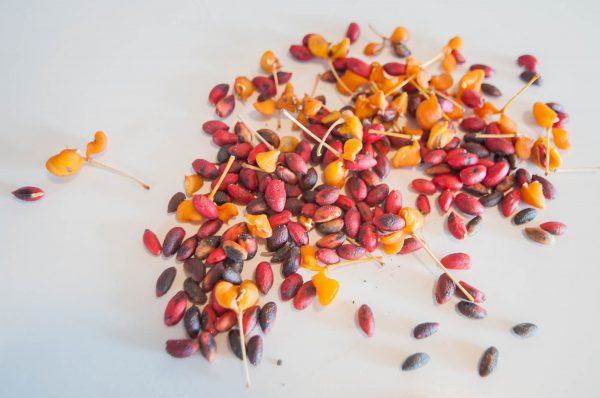On the frozen Norwegian island of Spitsbergen, the Svalbard Global Seed Vault stores the seeds of almost half a million plants, including about 90,000 food crops. Deliberately remote and frozen, it exists to safeguard the genetic heritage of the world’s plants, particularly those we depend on.
We only eat a few varieties of potato, corn or wheat, but hundreds more exist. Though we might not need them now, we may in the future. If a new disease or fungus destroys a popular crop, we may need to search these other varieties for one that is resistant. This resistance could then be bred or engineered into a popular variety.
The need for seed is not theoretical. There have been devastating events around the world, from the potato blight in Ireland to the loss of wine grape vines in France and the demise of the Gros Michel variety of banana.
On St. Martin, a seed bank could be very valuable for a totally different reason. Hurricane Irma caused widespread habitat destruction. In the aftermath, the island is in need of serious habitat restoration. Native tree replanting is one of the most important parts of that.

Normally, it would be easy to grow native trees. Many species produce great numbers of seeds. A single mature Gaïac tree can produce tens of thousands of seeds each year. It is usually possible to harvest plenty of seeds from key native species. Unfortunately, Irma swept all those seeds away. The devastation also interrupted normal flowering and fruiting cycles. At a time when native trees are most needed, seeds are very hard to find.
Trees can be brought in, but many foreign imports are slightly different than our native varieties. When we import plants, we also risk bringing in unwanted hitchhikers, like non-native lizards, snails and insects.
Ideally, St. Martin should have a seed bank stocked with seeds from local trees. This seed bank could focus on species that are most valuable for habitat restoration. Coastal trees and plants can be raised and planted quickly to keep beaches from disappearing, mangroves can be planted in wetlands, and other species can be planted to prevent hillside erosion.
A seed bank could speed up our restoration activity after a major storm. It could also reduce the cost of purchasing and shipping seedlings. Seeds could be harvested during good years from many different trees to help ensure healthy and diverse plant populations. Is it a good idea? You can bank on it.

